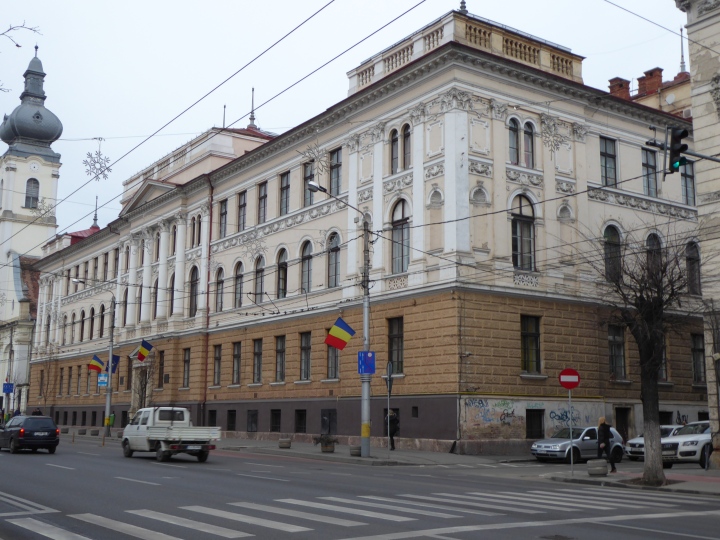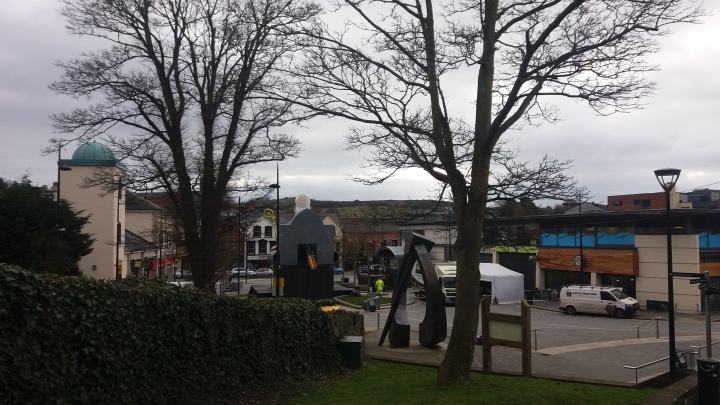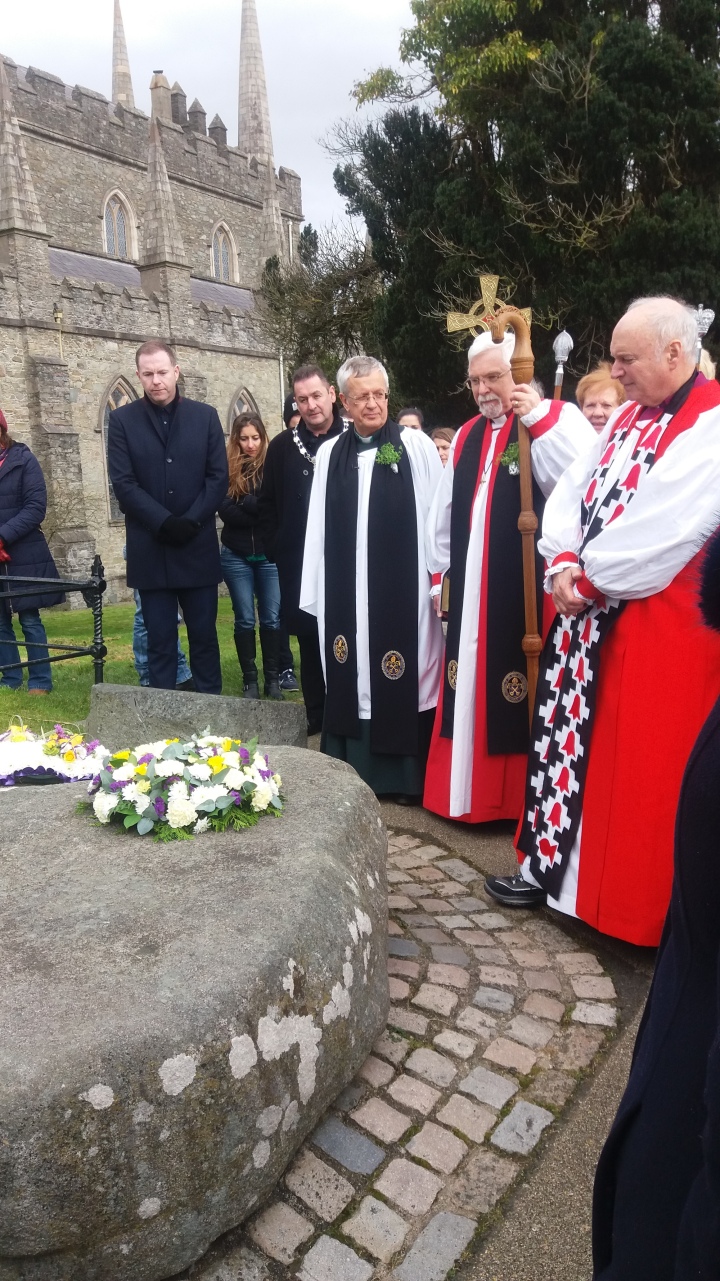Chapels of England, Buildings of Protestant Nonconformity, Christopher Wakeling, Historic England, 2017, hardback, 312 pages, ISBN 978-1-84802-032-0, £50
Review
Nonconformist chapels, churches and meeting-houses have attracted an increasing amount of interest in recent years. They are an important part of religious and cultural history and remain a notable part of the topography of cities, towns and rural areas. The foundation of the Chapels Society has been a major contributor to this growth in interest as well as a great variety of publications that tell the story from denominational, local history and architectural points of view. Christopher Stell’s substantial four-volume Inventory of Nonconformist Chapels and Meeting-Houses in England provided an essential guide to chapels all over England, many of which had disappeared. Unitarians are fortunate to have Graham and Judy Hague’s The Unitarian Heritage An Architectural Survey of Chapels and Churches in the Unitarian Tradition in the British Isles, published in 1986 and still an indispensable source. Across denominations there has been an increasing awareness of the need to preserve this aspect of our history and where congregations have been unable to sustain some buildings the Historic Chapels Trust has taken over their maintenance. With the publication of this new book, Chapels of England, Buildings of Protestant Nonconformity, by Christopher Wakeling, we now have a beautifully illustrated scholarly account of the patterns of chapel buildings amongst all branches of nonconformity from separatist, pre-ejection times up to the twenty-first century.

The author brings a thorough architectural appreciation of these kinds of buildings and relates their historical development to the different denominations, the streams of theological thinking and liturgical practice within each of them, local architectural traditions and influences, and the interplay between dissent and the patterns of church building and the use of different styles by the established church. As such it is a tremendously impressive guide to what is a complicated and diffuse subject. Christopher Wakeling is well versed in the varieties of attitudes found within the different churches and sects that built chapels outside of the Church of England. Apparently the total number of surviving examples of Nonconformist chapels is still around 20,000 today, which is a significant number of buildings of one particular type. Dr Wakeling shows how chapel building accelerated at different times, such as the second decade of the nineteenth century when an average of five new meeting-houses were built a week, so that “nonconformist chapels became as characteristic a part of the Regency scene as cinemas were of the 1930s or supermarkets have become today” (page 73).
Not all dissenters deliberately chose that path. In the first chapter Dr Wakeling makes good use of the sermon preached by John Fairfax at the opening of the Ipswich meeting-house in 1700 when he stated: “Had we the liberty of those places [ie. the parish churches], we should seek no other” (page 2).
And the Ipswich meeting-house with its spiral turned balusters and carved doves and cherubs worthy of Grinling Gibbons is clear evidence that early dissenters (particularly Presbyterians) were not averse to decoration.
But the whole book is an impressively thorough examination of the development of different styles of buildings as theologies changed, as denominations developed, as political circumstances evolved and as economic opportunity came and went. For Unitarians the Dissenters’ Chapels Act gave an added impetus to the frequent nonconformist impulse to build on the grand scale. Dr Wakeling quotes the preacher at the opening of Hyde Gee Cross in 1848 (not named in the text but presumably Charles Wicksteed) as saying the new church was:
Asserting the right of a Dissenting Chapel to look like a parish church, and to be used as a parish church without the least danger of our worship being interrupted (page 128).
But not all nonconformity took this form. Some was uncompromisingly evangelical and required a vast preaching station or a massive complex of buildings surrounding a central hall. In villages and towns small, unobtrusive chapels continued to be built throughout the nineteenth century. The period after the First World War and on into this century has brought a whole new set of challenges. Dr Wakeling shows how different circumstances, both local and national, produced these changes in architecture and the different types of building. The book is also peppered with ‘boxed essays’ which explain some of the terms used or the role practices such as communion had in chapel building over time or features such as seating and graveyards. This helps make for a very complete treatment of the whole subject since what might otherwise be a dry account of architectural history is, rather, rooted in the cultural, theological and liturgical experiences of the people who built the chapels. Consequently the book is also a history of nonconformity told through its buildings.
The book is richly illustrated in colour throughout, with page after page of striking photographs of interior and exterior shots, this is a particularly appealing feature of the book. If I was going to be hyper-critical I would say that the full-page picture of the chancel of Ullet Road Church (page 204) is astonishingly dark and gloomy, it is a much better lit area than this photo suggests. But this is to nit-pick, it’s the only disappointing picture in the book, generally the photographs are sharp and detailed throughout and are a really strong accompaniment to the text.
The author provides a glossary of the various nonconformist groups referred to in the book and is clearly familiar with the ethos and history of each of them, moving assuredly from one tradition to another. Historic England should be commended for producing such an impressive book, it is destined to become an essential publication for anyone with an interest in this aspect of religious history.
This review appears in Volume 26, Number 4, April 2018 of the ‘Transactions of the Unitarian Historical Society’.
See
for details of how to subscribe.





















